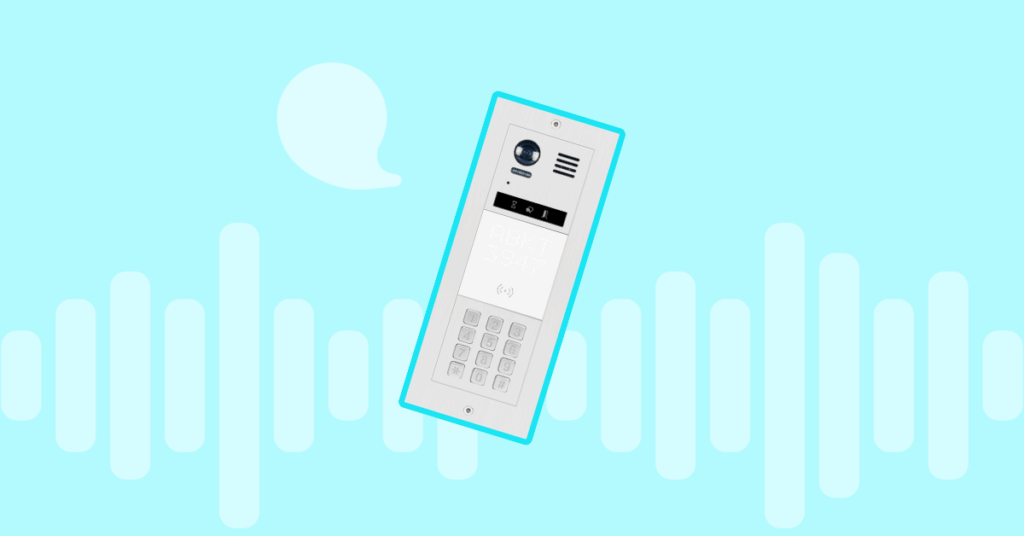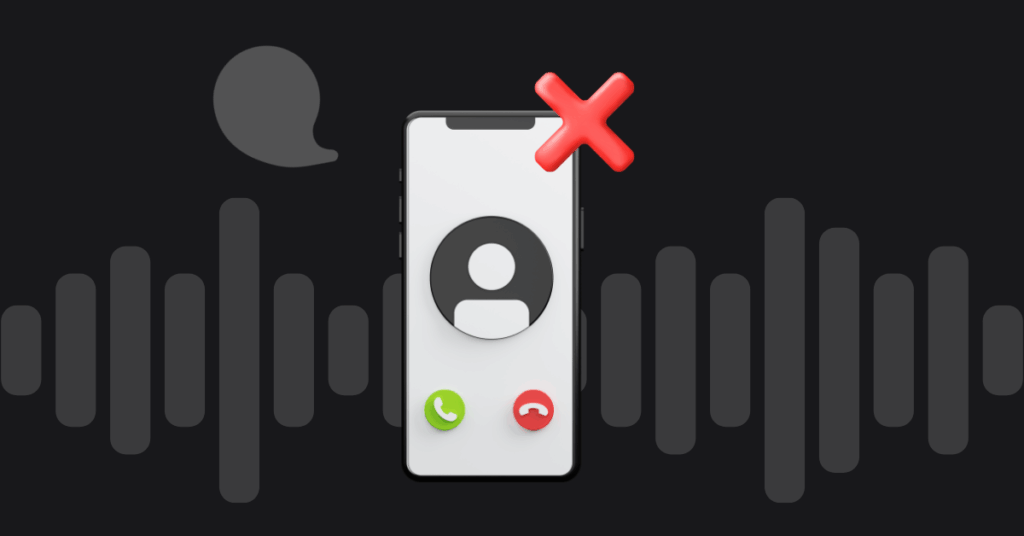
Table of contents
Businesses are converting their traditional phone systems into VoIP (Voice Over Internet Protocol) systems, they will need devices and specific technology to successfully deploy this new service. In order to make the transaction from POTS (Plain Old Telephone System) to the VoIP phone systems, you will need to have an Analog Telephone Adapter (ATA) installed. The ATA is an essential function of the VoIP phone system. It is important to understand what type of VoIP adapter works for your business.
Why do you need a VoIP ATA for your phone systems?
You cannot plug the device into the router (or computer) to make it work. This is because landlines are not equipped with hardware to translate voice signals into digital packets that are transmitted through the Internet.
In order to use the analog phone with the VoIP phone systems, users need Analog Telephone Adapter (ATA).
The device is called different names by manufacturers, but its’ essential functions are the same, convert voice signal into data packets, authenticate the instrument on the VoIP phone system, provide dial tone, interpret touch tones and more.
What does it look like?
An analog telephone adapter (ATA) device has a small enclosure with multiple ports (to provide connections to the landline and the router) and the power source.
The device also has foreign exchange station (FXS) ports which are used to plug-in the landline device.
Some adapters also come with foreign exchange office ports (FXO), which connect a POTS line to the device and is often used as a failover or lifeline for the phone systems (in case the Internet/VoIP service goes down).
Types of VoIP Adapters
Single FXS – As the name implies, these adapters come with a single FXS port that can connect one landline to the VoIP service.
Dual FXS – These are slightly more expensive adapters that offer dual FXS ports for users who want to connect to instruments or one instrument and a fax machine.
FXS/FXO – These adapters include both FXS and FXO ports that can be used to connect analog landline instruments as well as landline connections.
They are commonly used by enterprises whom want to retain landline access as a failsafe or used in case of emergencies. These adapters are useful if the VoIP vendor does not support digital faxing, but the enterprise needs an occasional fax sent.
Businesses that use more than one line will require VoIP gateway. These gateways function like adapters but are built to scale and come equipped with up to 48 ports.
How to choose an ATA to purchase?
There are several alternatives available on the market but the number of ethernet, FXS and FXO will determine how many instruments can be connected through one ATA device.
For the average consumer, a simple ATA with an ethernet and FXS ports is suitable. The VoIP vendor provides the ATA if the customer signs up a contract. However, if you leave the service before the contract expires, you may be liable to pay termination fees.
Businesses on the other hand have considerations to keep in mind before purchasing any device. Depending on the sophistication of the device, the price can range from $20 all the way up to $100. It should not be the deciding factor, but cost is important to include in the budget.
Enterprises will want to consider how many lines for the phone systems they need to connect, the availability of ethernet ports, the need for sending faxes and compatibility with the VoIP service.
How does the VoIP adapter work?
ATA’s function is to convert the human voice into data packets and vice versa.
Using an adapter removes the need for purchasing a new device compatible with VoIP phone systems. Ancillary functions include providing caller ID, the dial tone, recognizing touchstones and all other signaling functions required for a VoIP call.
The ATA works with a specific VoIP protocol and audio codec to perform its functions. The VoIP protocol communicates with the remote web server and the codec converts audio signals to data.
Protocols and codecs are rarely of interest to the average consumer as their VoIP vender will provide one for them or offer a selection on their website that are known to work for the service.
Business users need to know what protocol is supported by their provider and the audio codecs. These determine the quality of the calls and how much bandwidth is required.
The most commonly used protocol by service providers is session initiation protocol (SIP). A few of the widely implemented audio codecs include G.711, G.729 and many more.
If the adapter is included in the purchase price by the VoIP vendor, then the device is preconfigured with the correct settings. If they were purchased separately, then web configuration can be accessed through a computer.
Most enterprise ready adapters are equipped with automatic provisioning so hundreds of these devices can be deployed at once without individual configuration.
Most businesses and consumers will not use VoIP adapters for their phone systems, instead they may purchase IP phones or use their computer/vendor-provided device to make calls.
But they still serve a useful function for those who cannot afford to buy new IP hardware or have working devices that have not reached their end of life.
At VoIPStudio, we offer VoIP phone systems, adapters, and special packages for your business.
More from the blog
Want to improve your business communication?
Unlock enterprise-class call center power at affordable prices – no hardware, no delays, no surprises!






